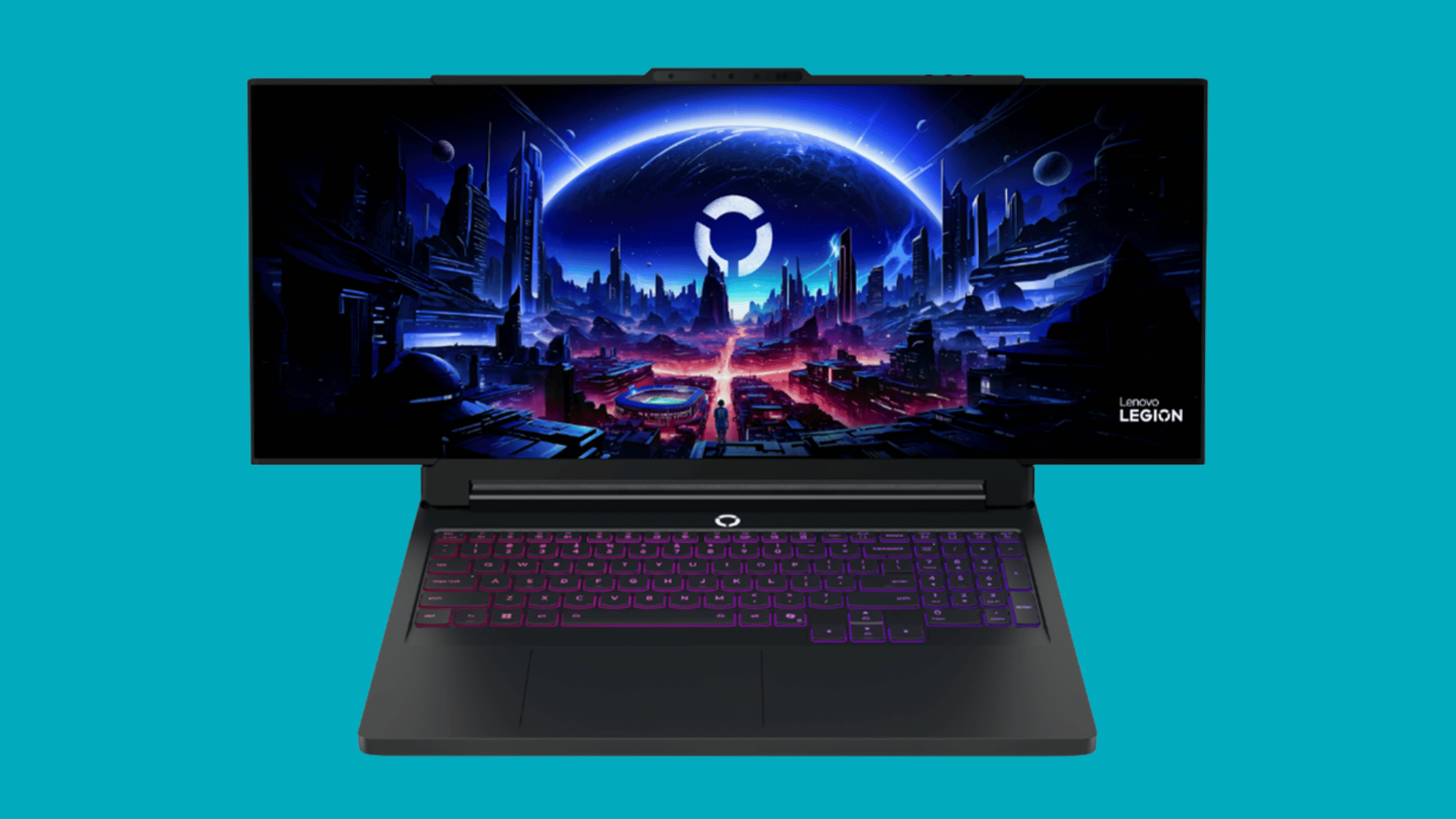A pair of food tech startups recently teamed up to create the world’s first lab-grown fish filets. The cultivated grouper fish filets are ready to cook immediately after they are 3D printed.

3D-Printed Fish Filets
The fish filets were created as part of a strategic partnership between two companies: Israel-based Steakholder Foods and Singapore-based Umami Meats. The collaboration, which is backed by a grant from the Singapore-Israel Industrial R&D Foundation, aims to develop a scalable process for producing structured cultivated fish products. Umami Meats provided the grouper cells using the company’s automated production platform; Steakholder Foods customized the cells’ bio-inks and 3D printed the final product.
To start the cultivation process for lab-grown fish, Umami Meats first takes samples from a fish and extracts its stem cells. These stem cells are then cultured, and scientists develop processes for facilitating their growth. Next, the cells are moved into large bioreactors where they are combined with nutrients to produce the ideal conditions to multiply. In the bioreactor, a few million cells grow into trillions of cells, which signals the cells to turn into muscle and fat. Lastly, the muscle and fat cells are harvested.
After receiving the harvested grouper cells from Umami Meats, Steakholder Foods turns the lab-gown fish cells into a customized bio-ink, optimizing the grouper’s taste and texture. The bio-ink can be loaded into Steakholder Foods’ 3D printer. Unlike fully cultivated meat products, the grouper fish does not require incubation maturation after printing. This means that it is ready to cook right after printing.
To celebrate the achievement, the two companies hosted a variety of notable guests for a tasting event, including the CEO of Umami Meats, the CEO of Steakholder Foods, and the Israeli Prime Minister. According to Mihir Pershad, the CEO of Umami Meats, “In this first tasting, we showcased a cultivated product that flakes, tastes, and melts in your mouth exactly like excellent fish should.”
As for the future, according to the press release, Umami Meats intends to announce its plan to bring its world-class cultivated fish to the market. Steakholder Foods similarly aims to bring its 3D printing and bio-ink customization to commercialization for various companies and industry players.

Benefits of Lab-Grown Fish
The demand for seafood is expected to nearly double by 2050, but factors like overfishing and ocean pollution present a challenge to the seafood industry’s ability to provide this growing demand. Lab-grown fish filets have the potential to provide a consistent and reliable source of fish, regardless of geography, season, and fish availability.
Furthermore, traditional fishing and aquaculture practices can be harmful to ocean ecosystems. Growing fish in labs could drastically reduce these pressures and keep the fish in their home ecosystems. This would preserve delicate aquatic environments, prevent overfishing, and allow natural ecosystems to flourish.
The fishing industry also produces a great deal of carbon emissions, especially from transportation emissions. With lab-grown fish, transportation emissions could be reduced by 95 percent as compared to live-flown seafood and 60 percent as compared to aquaculture.







